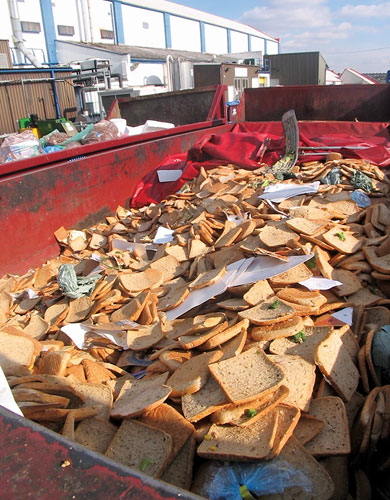A gorgeous new product we have in store at Biome has inspired this post for Planet Ark's National Recycling Week being celebrated right now.
Made from reclaimed cotton shirts, this little recycle yourself doll on a key fob is accompanied by a booklet that tells its story from cotton on the bush transforming to a smart business shirt, then to a discarded shirt, before its re-invention into this quirky doll. As the story concludes:
And today, someone who reminds you that in your heart you have the strength to recycle yourself into whatever you want to be.
Isn't that so true about all recycling? A material or an ingredient has a useful life in one form, but when that use comes to an end there are so many ways it can be re-invented, re-loved, re-used or upcycled. Upcycled being the term de rigueur that refers to the process of converting waste or useless products into new materials or products of better quality.
We don't recycle at Biome - well not much...
With all the deliveries of stock we receive in our stores, we gather a mountain of cardboard boxes and stuffing of various kinds from bubble wrap to polystyrene beads, shredded paper and compostable beads - but we take joy in not recycling. Don't panic! We re-use -- rather than recycle -- as much as we can. Where ever we can re-box (as in re-use a box) or re-stuff (re-use stuffing materials) we will. In fact, we even have our neighbours on the bandwagon. The restaurant gives us their wine cartons, the laundromat gives us freebie magazines and the coffee shop gives us boxes. They love it because their bins are less full and we love it because we don't have to buy boxes and stuff. Some of our suppliers send re-boxes to us as well, then we use them again to send to you...so that is at least three useful lives before any more energy is used to recycle them!
Where can I recycle certain things?
Planet Ark's Recycling Near You program is gold. That is, Planet Ark deserves a gold medal for all their incredible work to promote education and uptake on recycling. They have a telephone hotline, or, visit the website where you can type in your location and it delivers links on where you can recycle certain things.
The page for recycling in the Brisbane area has a wealth of leads. For example, one link tells me what materials I can put in the household kerbside recycling bin in Brisbane
All these materials are collected:
- Glass Bottles and Jars (but not drinking glasses and plates)
- Aluminium Cans
- Aluminium Foil
- Newspapers
- Magazines
- Office Paper
- Envelopes Without a Window
- Envelopes With a Window
- Phone Books
- Pizza Boxes (scrape the food out, some grease is ok)
- Egg Cartons (unless you know someone with chickens that can reuse them)
- Cardboard
- Steel Food Cans (does a magnet stick to it? it's steel if it does)
- Steel Paint Cans (empty)
- Steel Aerosol Cans (empty)
- Milk cartons
- Juice cartons
- Tin-plate or aluminium lids from steel food cans
- Plastics marked with






We aim to ensure that every plastic item stocked at Biome has a recycling symbol stamped on it - without that symbol there is no hope of it being recycled.
If you are into re-crafting, there are so many books and internet resources on how to make new things from old things.
Happy re-inventing!

































